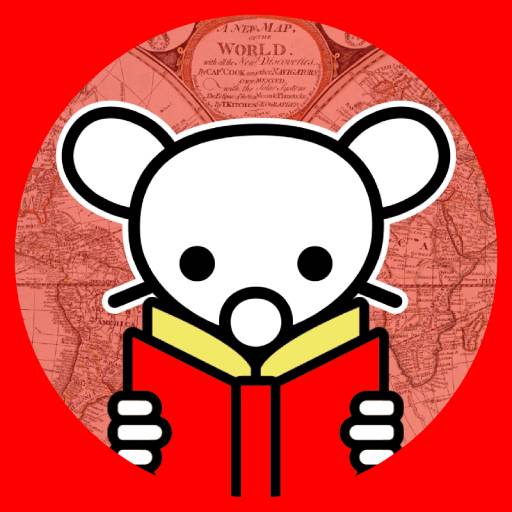I was thinking about patterns in history and was thinking about the fall of Rome. We all learn about the Roman Empire and the Renaissance, but I don’t recall ever learning about the time in between. Sure, Rome’s empire collapsed, but what happened next? City-states? A hollowed-out Republic? Anarchy? Did the goths raid and pillage everything? Did they just go back north? Did they settle in? I wanna know
A lot of things, it was a lot of things. Your are describing the entirety of the Dark ages, High Middle Ages, and Late Middle Ages.
At times Charlemagne conquered most of Europe including all of north Italy.
At times there were seas of tiny feudal lords controlling various microkingdoms.
At times the Eastern Roman Empire (Byzantine) reconquered much of Italy.
At times the Holy Roman Empire regained control of much of the north.
The papacy grows in power and land.
Merchant republics grow untill the early modern period.
A LOT happens in Sicily.
A lot of things happen over ~1000 years.
If you want any more detailed specifics just ask, <3
What did the first period of relative stability after the fall of the Roman empire look like on the Italian mainland? And actually, how long did it take to reach this stability?
Depending on where you are in the empire the first period of stability would be immediately, as the local tribal power structure Rome suppressed would come back to fill the void. Elsewhere in the empire the local politicians and military leaders would simply resume control of the areas that they already controlled.
An important thing to know is that the Dark Ages do not refer to a total collapse of society into anarchy and barbarism, that was once thought but modern historians greatly disagree, instead the dark ages are dark in the sense of a lack of information. Many of the people’s of the dark ages were illiterate and did not have the kind of sprawling bureaucracy that Rome had generating 1st hand written accounts.
Italy in time would break apart into small regional powers with local land owners taking control of whatever territory they could call their own. There are many land disputes during this time as the central bureaucracy had fallen. But in general feudalism takes full hold as the land will become divided, occasionally brought into a larger state before falling back to the local lords.
In the immediate aftermath of the sacking of Rome it is important to remember that Rome still existed, the Eastern Roman Empire would remain an empire throughout the entirety of the middle ages until the start of the early modern period (in fact being one of the things that distinguishes when the early modern period begins)
In 476 Odacer, the first barbarian king of Italy, declared himself King of Italy. You can read more about this here: https://www.britannica.com/biography/Odoacer
Most of Italy would be brought under control of the Ostrogoths as the Ostrogothic Kingdom until being conquered by the Eastern Roman Empire in 533.
This topic interests me, however I have no expertise on it and eagerly await a reply to this post from someone more knowledgeable.
That being said, believe most cities and adjacent regions continued on business as usual with reduced capacity and less security support from the capital.
Immediately following the fall of the Western Roman Empire Odoacer actually pretty much ran things business as usual and operated as a vassal of Rome (the Eastern half of the Empire still remained)
For starters, many of Italy’s greatest architectural marvels that people often mistake as being Renaissance are actually gothic from the late middle ages. Italy might’ve been fractured into many small kingdoms, but they were generally functional. Of course living on the ruins of one of the greatest empires to ever exist and in the shadow of Byrantine (until it collapsed too) might’ve been mentally draining at times, sure.
But overall the middle ages were a long period in Europe that saw many advancements socially and technologically, and gave rise to cities like Florence and Venice that would reach their peak in the Renaissance, but truly kickstarted as merchant towns earlier in the middle ages.
Some things even stayed more or less the same after the downfall of the Roman Empire. People kept using bath houses all across Europe during the middle ages and modern times up until the 19th century when cholera hit the continent and public bathing was ruled out everywhere.
The middle ages were a far cry from the dark age Hollywood wants to sell us. It just lacked central governing and therefore proper recordings of many small things so we’re kind of left in the ‘dark’ when it comes to details. Italian kingdoms are no different, I assume.



